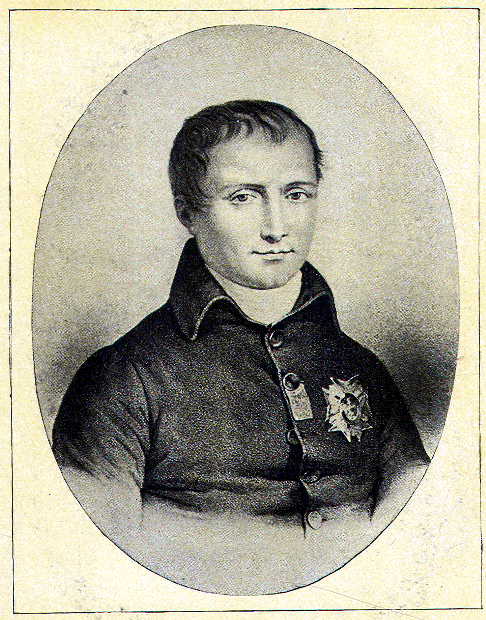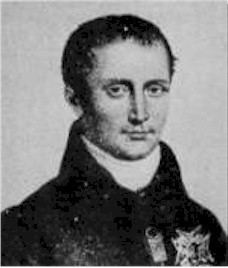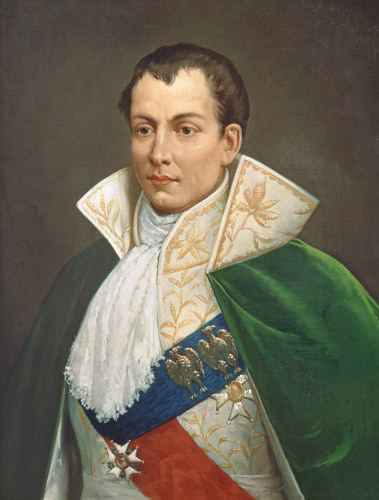Name Jose Bonaparte Role King | Spouse Julie Clary (m. 1794) | |
 | ||
Died July 28, 1844, Florence, Italy Siblings Napoleon, Louis Bonaparte, Jerome Bonaparte Parents Carlo Buonaparte, Letizia Ramolino Nephews Napoleon II, Napoleon III, Napoleon Louis Bonaparte, Prince Napoleon Bonaparte, Eugene de Beauharnais Similar People Napoleon, Ferdinand VII of Spain, Charles IV of Spain, Louis Bonaparte, Carlo Buonaparte | ||
Vidas cruzadas fernando vii jos bonaparte
José Fernando Bonaparte (born June 14, 1928), is an Argentine paleontologist who discovered a plethora of South American dinosaurs and mentored a new generation of Argentine paleontologists like Rodolfo Coria. According to University of Pennsylvania paleontologist Peter Dodson, "almost singlehandedly he's responsible for Argentina becoming the sixth country in the world in kinds of dinosaurs".
Contents
- Vidas cruzadas fernando vii jos bonaparte
- Biography
- Southern diversity
- List of dinosaurs named
- Philosophy
- References
Biography

Bonaparte is the son of an Italian sailor, with no close connection to the Napoleon Bonaparte family. He was born in Rosario, Santa Fe, Argentina, and grew up in Mercedes, Buenos Aires. Despite a lack of formal training in paleontology, he started collecting fossils with many friends at an early age, and created a museum in their home town. He later became the curator of the National University of Tucumán, where he was named Doctor Honoris causa in 1976, and then in the late 1970s became a senior scientist at the Museo Argentino de Ciencias Naturales in Buenos Aires. He is reportedly hard working, stubborn, and has a strong personality, even violent
Southern diversity

The supercontinent of Pangea split into Laurasia in the north and Gondwana in the south during the Jurassic. During the Cretaceous, South America pulled away from the rest of Gondwana. The division caused a divergence between northern biota and the southern biota, and the southern animals appear strange to those used to the more northerly fauna. Bonaparte's finds illustrate this divergence, and caused paleontologist Robert Bakker to dub him the "Master of the Mesozoic".

In South America, the titanosaurs developed armor and flourished, while the sauropods of the northern continent were dying out and being replaced by vast herds of hadrosaurs; the carnivorous theropods were represented by abelisaurs and strange-looking dinosaurs like the horned, short-armed, and stub-nosed Carnotaurus. There are indications that a land bridge reunited North and South America during the Late Cretaceous because titanosaurs have been discovered as far north as Utah and duck-bills as far south as Patagonia.
List of dinosaurs named
Bonaparte also discovered or described a number of archosaurs and primitive birds (such as Iberomesornis), and assisted with the study of other dinosaurs, like the Giganotosaurus carolinii.
Philosophy

Bonaparte was for a long time a traditionalist and did not use modern cladistic methods, which apply the principle of parsimony to a vast array of synapomorphies. Partly for this reason, he declined to work on the modern treatise The Dinosauria published in 1990. However, from 2000 Bonaparte began to use cladograms. For instance his studies of sauropods (e.g., Ligabuesaurus) and proto-mammals from Brazil, show cladograms made by himself and co-authors. While he is best known for his dinosaur discoveries, he prefers to study the fossils of mammals.


